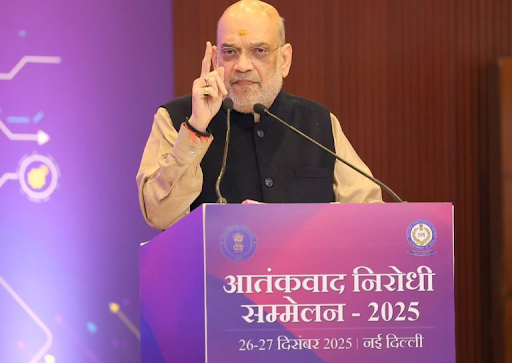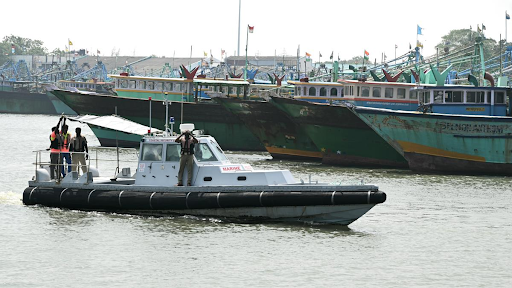




Source: APNEWS
Disclaimer: Copyright infringement not intended.
The Golden Dragon 2025 is the largest-ever bilateral military exercise between Cambodia and China focusing on counter-terrorism and humanitarian operations.
It highlights China’s expanding strategic footprint in Southeast Asia and reflects a larger geopolitical contest in the Indo-Pacific.
|
Aspect |
Details |
|
Initiated In |
2016 |
|
Nature |
Annual bilateral military drill |
|
Objective |
Strengthening military cooperation, capacity-building and peacekeeping |
|
Theme (2025 Edition) |
Joint counter-terrorism operations and humanitarian relief |
|
Location (2025) |
Ream Naval Base, Sihanoukville, Cambodia Located near the Gulf of Thailand offering strategic maritime access to China. |
|
Strategic Significance |
Expansion of Chinese military and naval influence in Southeast Asia. Coincides with the US–Philippines-led Balikatan exercise involving the USA, Philippines, Australia and Japan. Seen as a counter-narrative to the growing Indo-Pacific security alliance. |
For Cambodia
Strengthens its military capabilities with Chinese technology and training.
Risks becoming increasingly dependent on China for defense and infrastructure.
For China
Expands power projection in the Gulf of Thailand and Southeast Asia.
Reinforces the String of Pearls strategy a network of Chinese strategic assets across the Indian Ocean.
Enhances its dual-use port infrastructure (civilian + military) raising security concerns for regional players.
For the Region
Escalates strategic competition in Southeast Asia.
Potentially undermines ASEAN neutrality.
Raises alarms for India and Quad countries due to China’s deepening footprint in littoral states.
|
Feature |
Golden Dragon |
Balikatan |
|
Primary Players |
China, Cambodia |
US, Philippines, Australia, Japan |
|
Focus |
Counter-terrorism, humanitarian assistance |
Interoperability, regional security, maritime ops |
|
Tech Use (2025) |
AI, drones, robotic devices |
Amphibious ops, combined command & control |
|
Strategic Intent |
Expand influence in SE Asia |
Contain China's assertiveness in Indo-Pacific |
Concerns
China’s growing naval presence in Southeast Asia may threaten Indian maritime interests particularly in the Bay of Bengal and Indian Ocean Region.
Dual-use port infrastructure similar to China’s stakes in Hambantota (Sri Lanka) and Gwadar (Pakistan) may encircle India strategically.
Opportunities
Reinforces India’s advocacy for free and open Indo-Pacific through platforms like Quad and IORA.
Urges India to deepen naval cooperation with ASEAN, Japan and Australia.
Sources:
|
PRACTICE QUESTION Q. Analyze the implications of China's increasing military cooperation with smaller Asian nations for India's security and foreign policy. 250 Words. |





© 2026 iasgyan. All right reserved